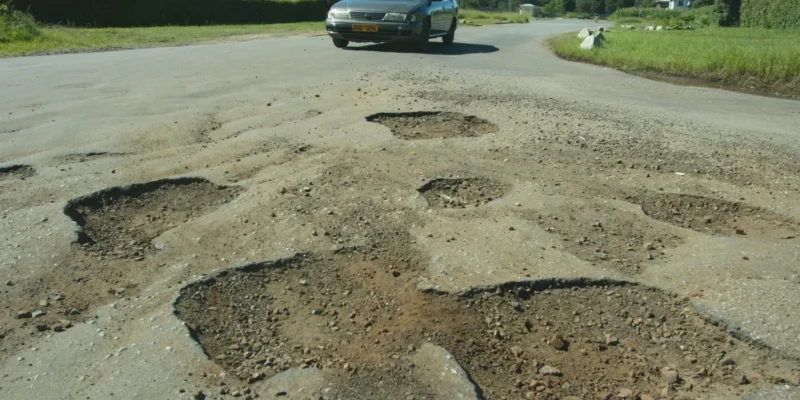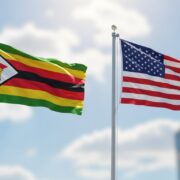One of the goals of the National Development Strategy (NDS1) was to achieve macroeconomic stability to create opportunities for innovation, wealth creation, and enterprise development. However, the rich got richer and the poor got poorer. The five years went by quickly and the changes the people were promised did not come to pass. Barely two months into 2025, the economy is slowly hitting a rock bottom, basic commodities have become a luxury, prominent stores like OK, Bon Marche and several others are closing and the public has been hit by taxes beyond their comprehensions.
Similarly, Harare city council also had an overly ambitious plan to turn Harare into a world class city by the year 2025 and branded it “Harare Vision 2025”. Together with the NDS1, the majority started to visualise a modern and technologically advanced Zimbabwe the upcoming generation could live in. However, there was little progress. Harare still remains the same, if not worse than what it was five years ago.
By Gamuchirai Mapako
According to experts, by definition, to be world class, a city needs to have efficient transport systems, clean water supply, effective waste management, iconic skylines with sky scrapers. Good examples would include cities like Tokyo, New York and Paris. It seems unrealistic to the people that a system that has failed to provide them with basic clean water and working roads can make Harare a world-class city.
The city’s road network system has gotten much worse. Today the state of the roads like the Mbare road, the roads leading to several sides of Kuwadzana, Waterfalls Uplands, Mainway and several other parts of Harare are rampant with massive potholes that makes it impossible to travel by car or foot when it rains, compared to roads leading to surbubs occupied by the rich. For there to be a sufficient transport system, functional roads must first be established.
Amongst many of the well written objectives was providing a health care that catered to all, however Harare has encountered two cholera outbreaks in-between and is still facing a health and sanitation crisis. These outbreaks were directly linked to inadequate water supply. Zimbabwe’s healthcare system struggles to deliver high-quality care and is underfunded. According to Zim Health, Budgets for health care have been cut recently due to political unrest and economic downturns, which has an impact on all levels of service delivery. With a 40% decline in health care coverage over the last five years, the poorest citizens of the nation have been the ones who have suffered the most.
Over one-third of the nation’s children have limited life chances due to chronic malnutrition. Preventable diseases including HIV infection and AIDS, malaria, TB, and other vaccine-preventable diseases, as well as illnesses that affect pregnant women and new-borns, continue to be the main causes of the high disease burden that Zimbabweans face. The city’s high aspirations and reality are very different. Once a vision that inspired hope is in ruins due to years of disregard, corruption, poor management, and fragmented leadership, Harare’s vision 2025 and the NDS1 will fade.















Comments